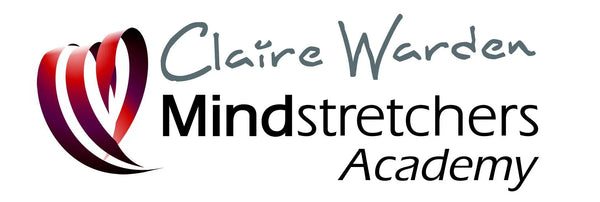
Developing Reflective Practices in Early Childhood Education Developing Reflective Practices in Early Childhood Education
Claire WardenReflective practice is a powerful tool that can transform your teaching and enhance the learning experience for children in early childhood education. By integrating reflective practices into your teaching, you gain valuable insights that help you improve your methods and create a more effective learning environment.
What is Reflective Practice?
One common misconception about reflective practice is that it's solely about looking backward to review past actions. However, reflective practice is much more than that—it's about using past experiences to gain clarity and insight into what lies ahead. By examining your own practices from different perspectives, you can make informed decisions that drive meaningful change.
The Three Elements of Reflective Practice
Reflective practice involves three main elements: self-awareness, self-assessment, and self-improvement. Each element plays a crucial role in helping educators create a reflective cycle that promotes continuous growth and development.
1. Self-Awareness
Reflective practice begins with self-awareness. This stage involves recognizing your own beliefs, values, and attitudes toward teaching and learning. By understanding these internal factors, you can better grasp how they influence your interactions with children, colleagues, and the educational environment.
To develop self-awareness:
Identify Your Values: Take time to reflect on your core values and beliefs about education. Consider how these values shape your teaching approach and interactions with students.
Observe Your Reactions: Pay attention to your reactions in different situations. Are there patterns or triggers that influence your behavior and decision-making?
Seek Feedback: Engage in open conversations with colleagues, mentors, and even students to gain insights into how others perceive your teaching style.
Self-awareness lays the foundation for meaningful change. Without a clear understanding of your own values and beliefs, it's challenging to create effective and lasting improvements in your practice.
2. Self-Assessment
The next step in reflective practice is self-assessment. This stage involves critically evaluating your teaching practices to determine their effectiveness. Self-assessment requires honesty and introspection, as it involves identifying areas of strength and areas that need improvement.
To conduct a self-assessment:
Reflect on Outcomes: Review the outcomes of your teaching. Are students achieving their learning goals? Are there areas where students consistently struggle?
Document Your Practices: Use tools like Floorbooks to document your teaching strategies and student outcomes. This documentation provides a clear record of your practices and their impact on student learning.
Analyze Data: Analyze the data you've collected to identify trends and patterns. Look for areas where your teaching aligns with your goals and areas where adjustments may be needed.
Self-assessment empowers educators to make informed decisions based on evidence. By recognizing what's working well and what needs improvement, you can create a targeted plan for growth.
3. Self-Improvement
The final stage of reflective practice is self-improvement. Armed with insights from self-awareness and self-assessment, educators can take actionable steps to enhance their teaching methods. This stage involves setting goals, adopting new strategies, and continuously monitoring progress.
To achieve self-improvement:
Set SMART Goals: Define specific, measurable, achievable, relevant, and time-bound goals for your professional growth. These goals provide a clear roadmap for improvement.
Implement New Strategies: Experiment with new teaching strategies and approaches. Be open to trying different techniques that align with your goals and values.
Reflect on Progress: Regularly assess your progress toward your goals. Celebrate successes and identify areas where further adjustments may be needed.
Self-improvement is an ongoing process that requires commitment and dedication. By embracing reflective practice, educators can continuously refine their methods and create a more effective learning environment for students.
The Power of Reflective Practice
Reflective practice empowers educators to be proactive and intentional in their teaching. It fosters a culture of continuous improvement and adaptation, ensuring that educators remain responsive to the evolving needs of students and the educational landscape. By integrating reflective practices into your teaching, you can create a positive impact on both your professional growth and the learning experiences of the children in your care.
Conclusion
Reflective practice is a dynamic and transformative process that enhances teaching quality and student outcomes. By embracing self-awareness, self-assessment, and self-improvement, educators can cultivate a reflective cycle that promotes growth and innovation. As you embark on your journey of reflective practice, remember that it's not just about looking back—it's about looking ahead with clarity and purpose.
If you're looking for a surefire way to improve your reflective practices, check out our Planning and Curriculum Journals here.
